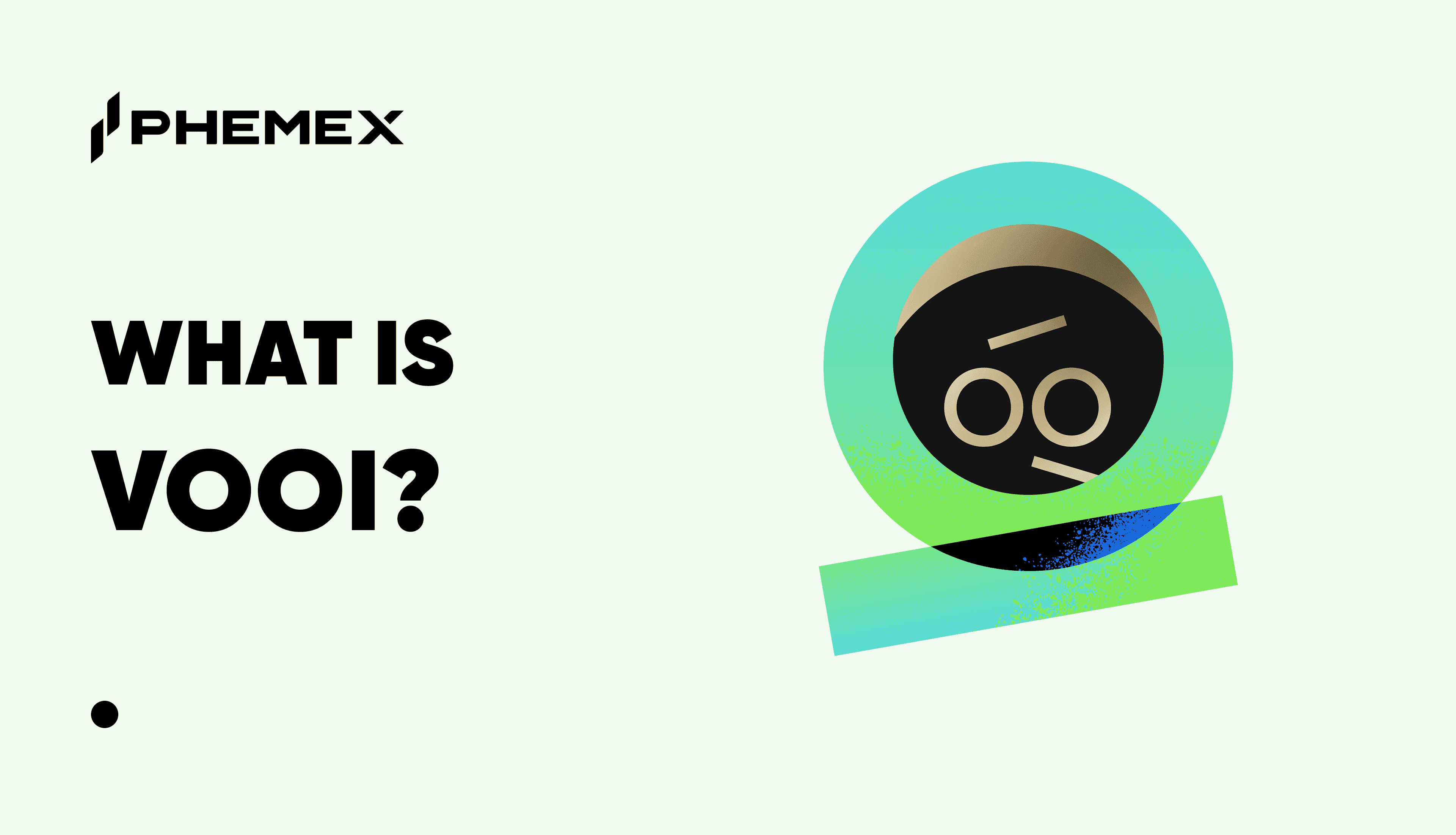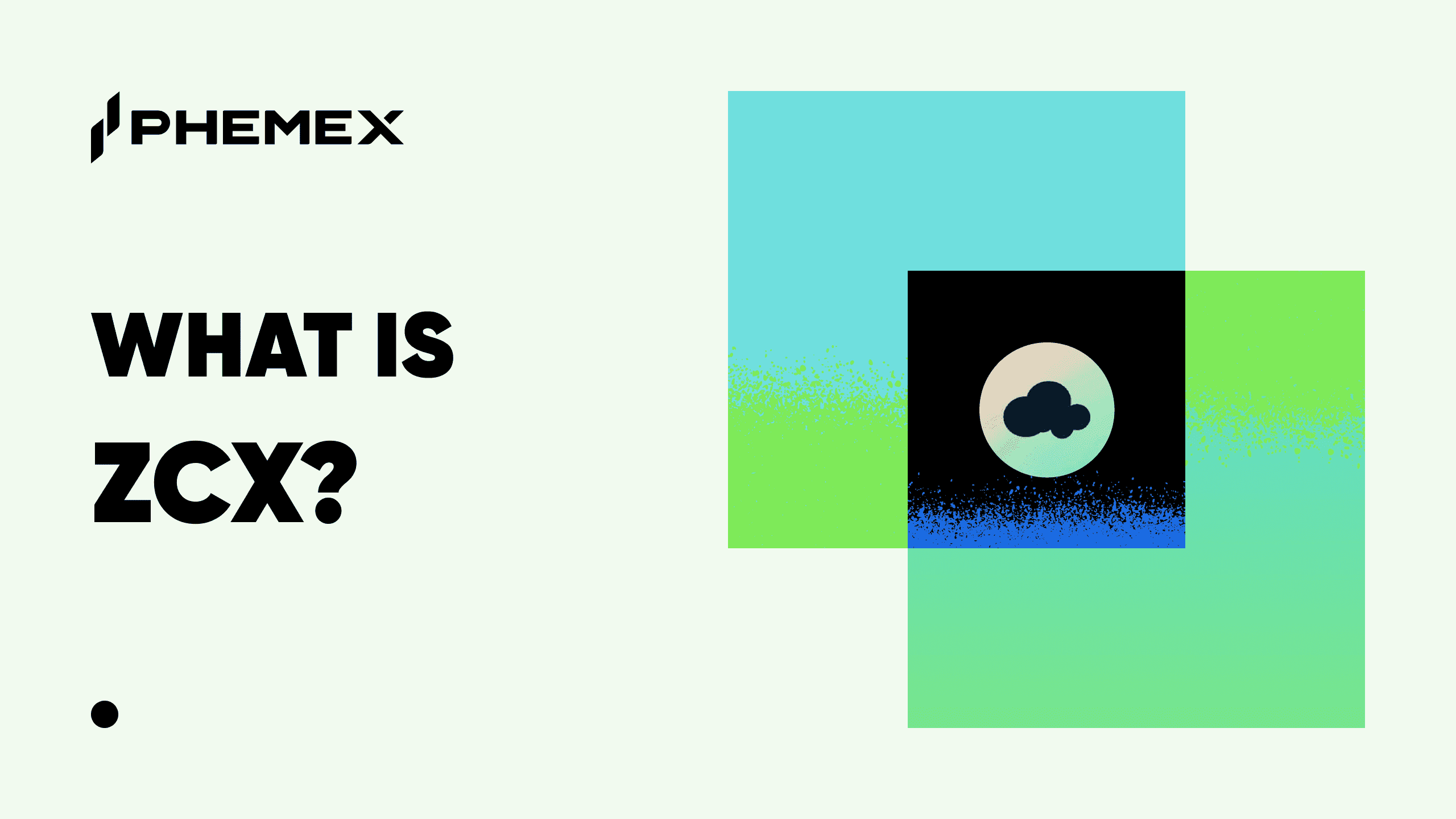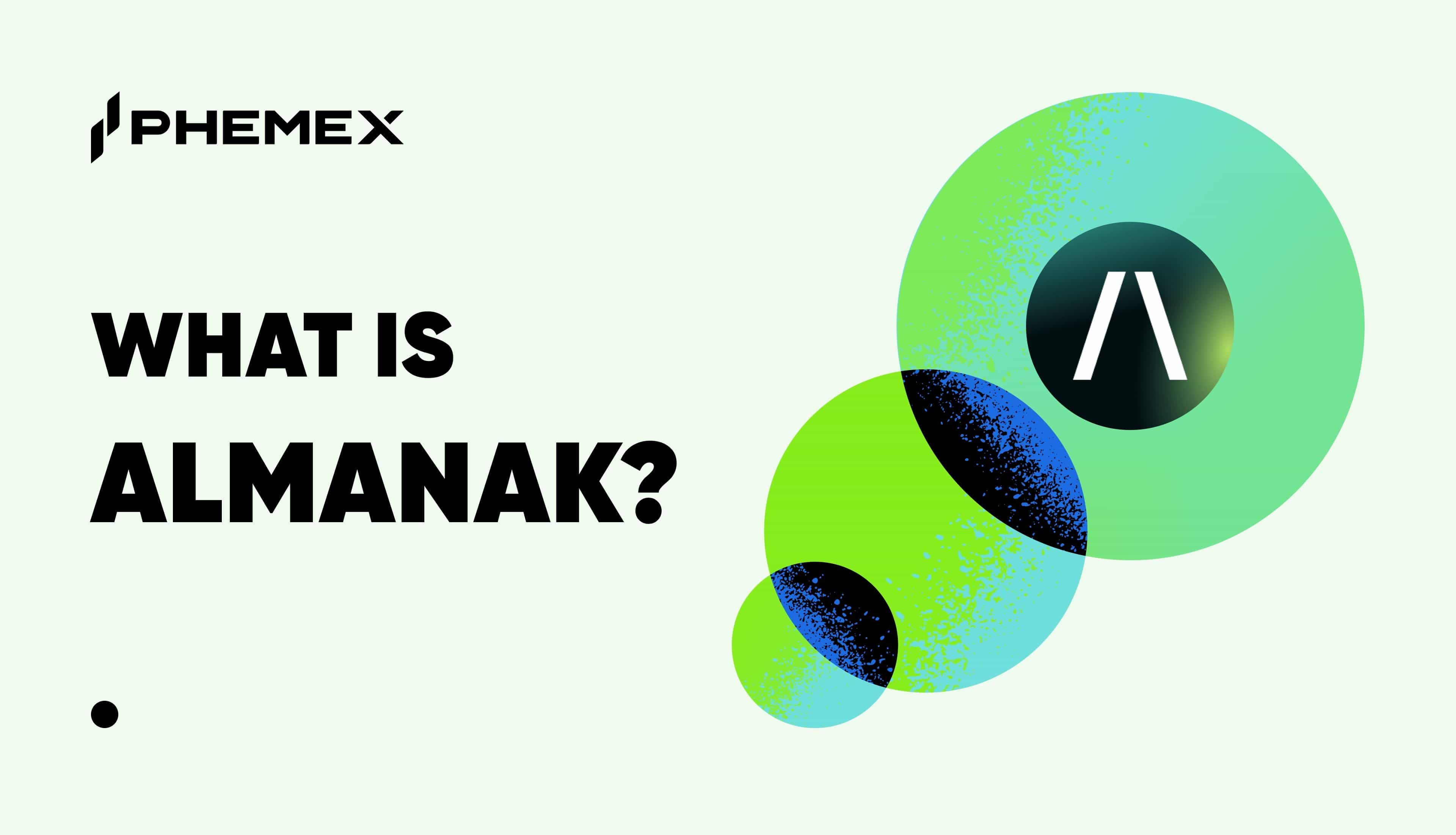Launched in October 2010, Clover Finance is a blockchain infrastructure platform targeting cross-chain compatibility for decentralized finance (DeFi) applications. At the time of writing, Clover Finance (CLV) trades at $1.48 per token with a capped circulating supply of 128 million coins, for a total market cap of $189 million.

What Is Clover Finance?
Clover is a one-stop DeFi service provider running on Polkadot’s (DOT) Substrate framework. Substrate is Polkadot’s foundation layer and is a stand-alone blockchain framework that enables developers to construct extremely sophisticated and customized blockchains. Clover also aspires to compete as a parachain on the Polkadot network. If Clover receives a parachain slot, it can process transactions in a parallel manner and achieve the scalability of the Polkadot network.
Clover has been described as a foundational layer for cross-chain compatibility that intends to address the present lack of blockchain communications. It is the first non-custodial and fully decentralized cross-chain bridge from Ethereum (ETH) to Polkadot.
Clover’s interoperable blockchain infrastructure intends to boost cross-chain permissionless interactions between the Ethereum and Polkadot networks by providing extensive support for Ethereum Virtual Machine-based (EVM) applications. For this purpose, it also boasts a built-in two-way peg (2WP) design for token transfers to and from the two networks, and a diverse selection of Substrate-native developer tools.
Clover developed its own 2WP technology in-house by utilizing built-in SPV Simulation Technology, which allows smooth cross-chain communication between blockchains. This two-way peg system is a critical component of Clover’s architecture as it aims to address some of the centralized component issues that remain in the cross-chain DeFi space.
As an added bonus, Clover wants to become the ideal ETH-DOT bridge protocol. For this purpose, it makes use of its built-in cross-chain interoperability and adds new value propositions to DeFi on Polkadot. These capabilities are made possible by the architectural hybridity of the Clover protocol.
Beyond its cross-chain capabilities, Clover is creating a foundational layer for decentralized applications (DApp) to operate flawlessly. This is accomplished by lowering the development threshold for DApps via the execution of Substrate frameworks. With Polkadot’s Substrate framework, developers can write blockchain logic in multiple popular programming languages without needing to stick to one primary language like on Ethereum.
Then secondly, by supporting a gasless transaction model to streamline the user experience. Thus, users do not need to pay high fees during network congestion, thereby solving part of the difficulties that come with scalability. The DApps on Clover will also benefit from a number of Substrate-based developer tools, including identity-based scripting abilities and several digital signatures (multi-sig). These tools will help to enhance the overall protocol security of the application. The implementation of the multi-sig functionality or Threshold Schnorr Signatures in particular also improves decentralization. With Schnorr Signatures, Clover can accommodate up to an unlimited number of signatories for transaction verification without requiring high gas fees.
Additionally, the project is laying the groundwork for a cross-chain compatible and DeFi-centric integrated financial service orientated platform on Polkadot. This will be achieved by utilizing the Substrate foundation. The company’s primary goal is to provide financial services to its platform users and other initiatives, such as modular DeFi protocols and application tools, to further their initial goals.

What Does Clover Finance Do?
Clover seeks to utilize Polkadot’s market-leading cross-chain technology to provide its consumers with the most seamless and hassle-free DeFi experience possible and to contribute to the DOT ecosystem. Clover’s modular decentralized finance protocols include staking liquidity, decentralized trading, decentralized lending, token dividend, governance, and synthetic asset protocols. Details of these protocols are as follows:
- Staking liquidity: Users can lock their tokens into decentralized staking pools to obtain yields and a liquid staking derivativeas a receipt that is tradeable. For example, a user stakes DOT and receives SDOT in return.
- Decentralized trading: Similar to Uniswap (UNI), Clover Finance offers an automated market maker-based (AMM) decentralized exchange(DEX). On an AMM-based DEX, users can trade crypto assets automatically through liquidity pools instead of the order book used by centralized exchanges (CEX).
- Decentralized lending: Clover Finance allows users to deposit funds into lending pools and become lenders. Users looking to borrow the funds can become borrowers by putting up crypto assets as collateral. Lenders receive interest by supplying assets and providing liquidity while borrowers must pay interest to use the funds.
- Token dividend: Users that are participating on the network by pledging liquidity, trading, and lending will receive token incentives. The token dividend of each user is based on two parameters, which are the number of tokens pledged and the pledge duration.
- Governance: CLV token holders have the right to participate in making decisions for the DeFi protocols. They can propose, vote, and implement changes such as new asset listing, new interest rate models, and token reserve withdrawals.
- Synthetic assets: Users looking to redeem the staking derivatives for the underlying token have to wait for a specified amount of time. For immediate redemptions, users can pay with part of their locked assets or CLV tokens.
Who Is Behind Clover Finance?
The Clover Finance cryptocurrency offering is one of the most recent tokens to make the transition to a major exchange. This was developed by the same team that developed the Clover point-of-sale (POS) system. Small companies may take orders, collect payments, and handle inventory using this rapidly increasing POS system. Initially, the company’s foray into cryptocurrency was a bit of a brain scratcher. However, as time progresses, the strategy is beginning to make a great deal more sense.
Clover Finance raised $3 million in an early investment this year, according to the company. A Polkadot-based parachain offering was made in order to raise funds for the construction of a bridge between the ETH and Polkadot blockchains. It was successful in accomplishing this goal. Additionally, there was a plan to establish a connection with the Bitcoin blockchain in the not-too-distant future. To put it in another light, Clover Finance’s strategy is beginning to come together. For no other reason than the fact that it is attracting the attention of investors. It is moving forward into a world where cryptocurrencies may be used more readily to pay for products and services across a number of blockchains. In addition, gas charges have been lowered.
In relation to the last point, Clover Finance is redefining how fee structures are set up. And, in the process, it is making the user experience more straightforward. Its intelligent “relayer” is programmed to take action on the sender’s behalf.
Essentially, this means that relayers may pay for gas expenses using the same token that consumers use to transact with. This eliminates the need to rely on a foundational cryptocurrency such as Ethereum. Transaction fees will be taken from the asset that the user is dealing with on an automated basis. It may seem apparent, but in the realm of crypto-finance, it is not. Because of this, it’s a significant event.
For the time being, CLV appears to have a lot going for it. Of course, interoperability between multiple blockchains is the most important thing to look out for first. But it is also in a position to make it easier than ever before to utilize cryptocurrency as a legitimate form of payment. This shouldn’t come as a surprise considering the fact that it comes from a firm that is reliant on payment services.
Clover Finance Price History
CLV’s current price is $1.48. CLV’s market capitalization is now valued at around $190 million, maintaining its position as the 258th cap rank in the world. However, CLV has a total supply of 1 billion tokens with only under 129 million tokens in circulation. Hence, once all tokens are in circulation, CLV will have a fully diluted market cap of $1.4 billion.

Investors who purchased CLV currency at a discount on July 16 have watched their money rise by more than 170% to the current price of $1.40 per coin. Meanwhile, investors who purchased the stock at its high in May are down by more than 90%.
Clover Finance’s precipitous decline from its all-time high can be ascribed to the current crypto market selloff. The price of cryptocurrencies fell sharply across the board as investors were concerned about increasing regulations and the global economic recovery as the Delta virus spread throughout the globe.
What Is the Future of Clover Finance?
Clover Finance is a project with plenty of backers including various major cryptocurrency exchanges and investment institutions, such as Polychain Capital, Divergence Ventures, and KR1. The project also has plenty of strategic partnerships with notable projects such as Polygon (MATIC), Chainlink (LINK), and Fantom (FTM). Clover Finance owes its success to its gasless transactions and interoperability that the platform achieved through its trustless 2WP bridge technology.

Moreover, the project is looking to expand into other areas of the crypto world. It recently announced a partnership with CryptoBlades (SKILL), a non-fungible tokens-based (NFT) role-playing game featuring a Play-to-Earn system. According to Clover Finance, this partnership kickstarts the multi-chain infrastructure initiative of NFT gaming and potentially will allow the cross-chain swap of NFT assets in the future.
Conclusion
Clover may be seen as the ultimate manifestation of a Polkadot parachain since it solves the widespread lack of interoperability in today’s DeFi and smart contract infrastructures, as well as the desire for inter-communication across DeFi projects. It is the first project to accomplish such.
Clover is also seeking to utilize the cross-chain composability characteristics inherent in the Polkadot eco-system to address some of the most pressing challenges in the field of Decentralized Finance. This includes excessive gas prices and siloed and isolated networks, which are already being addressed by other projects.
Clover has created an EVM-compatible, 2-way peg system to assist Ethereum-based applications and their currencies in easily migrating to the Polkadot network. A noteworthy goal that was well achieved.
Read More
- https://phemex.com/academy/defi
- What Is DeFi Llama: A DeFi Analytics Dashboard for Professional DeFi Traders
- What is Cream Finance (CREAM): Lending Protocol
- What Is DeFi: How To Be Your Own Bank With $100
- Curve Finance (CRV): A DEX for Trading Stable Assets
- Analysis- Unlocking synergy: Can TradFi converge with DeFi?
- What is Cryptocurrency & How It Differs From Digital Cash
- Blockchain Analytics: 11 Free Crypto Research Tools You Need









